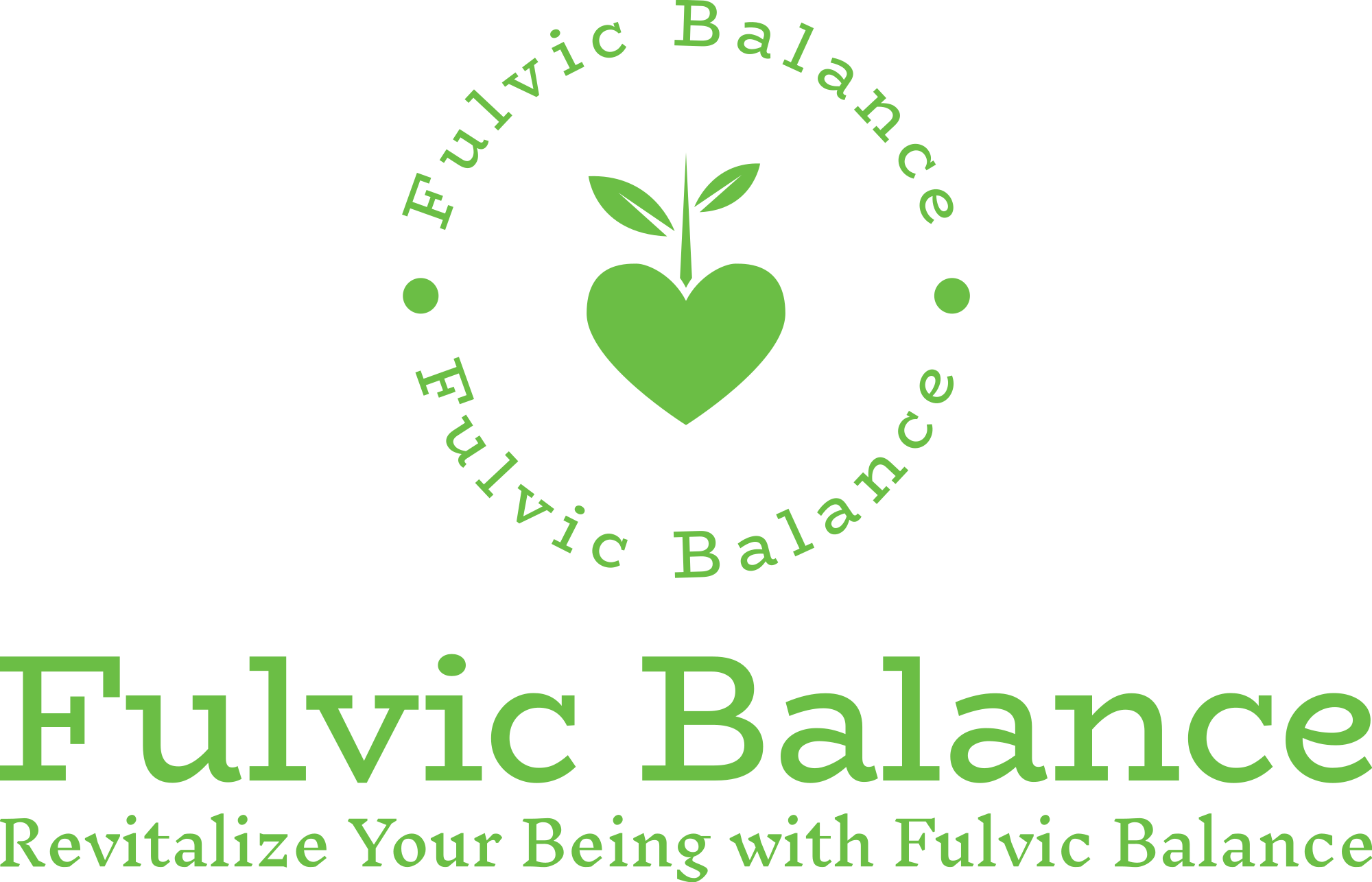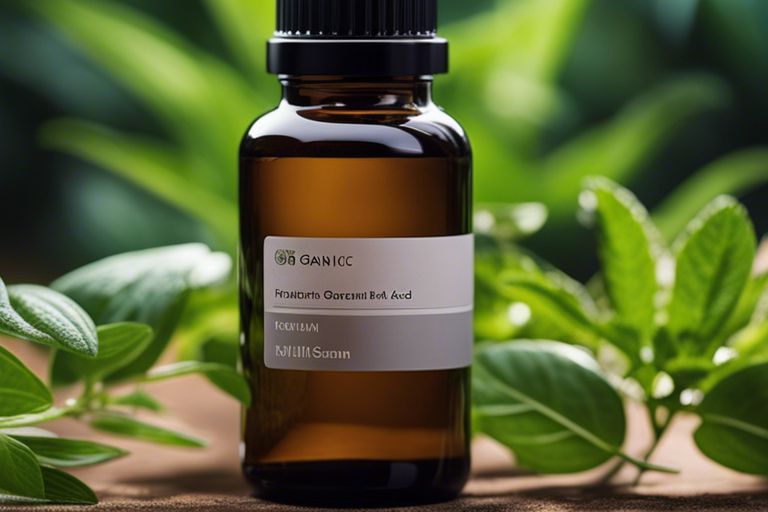Utilizing fulvic acid in your daily routine can have a significant impact on your overall health and well-being. This powerful substance is packed with essential minerals and nutrients that can aid in boosting your immune system, improving gut health, and increasing nutrient absorption. When it comes to incorporating fulvic acid into your routine, there are a few key steps to keep in mind. From selecting the right type of fulvic acid to determining the proper dosage, this guide will walk you through everything you need to know about using fulvic acid effectively.
Understanding Fulvic Acid
Your journey to understanding fulvic acid begins with grasping the fundamentals of this powerful substance. Fulvic acid is a natural compound formed in the soil through the degradation of organic matter. It is rich in essential minerals, trace elements, and other organic substances, making it a potent substance with a wide range of potential benefits.
What Is Fulvic Acid?
For those new to the concept, fulvic acid can be somewhat mysterious. Essentially, it is a part of humic substances, which are organic compounds that occur in soil, sediment, and natural waters. Fulvic acid has a low molecular weight, which allows it to be easily absorbed by plants and animals.
It is a powerful chelator, meaning it can bind to minerals and metals, making them more easily absorbed by the body. Additionally, fulvic acid has been found to have antioxidant and anti-inflammatory properties, and it may play a role in gut health and nutrient absorption.
The Chemical Properties of Fulvic Acid
Any discussion of fulvic acid must delve into its chemical properties. Fulvic acid is a complex compound, containing a wide range of molecules such as phenols, ketones, quinones, and organic acids. Its molecular structure allows it to easily interact with other substances, making it a versatile tool in various applications.
To fully understand the chemical properties of fulvic acid, it is important to consider its ability to chelate minerals and improve nutrient absorption. Its antioxidant properties and potential role in reducing inflammation make it an intriguing subject for further research, with potential applications in health and agriculture.
How to Use Fulvic Acid
While there are various ways to use fulvic acid, it is essential to understand the correct methods to maximize its benefits.
Preparing Your Fulvic Acid Solution
An important step in using fulvic acid is to properly prepare the solution. Start by diluting the fulvic acid concentrate with water in the recommended ratio provided by the manufacturer. Mix the solution thoroughly to ensure uniform distribution of the fulvic acid.
Application Tips for Effective Use
- Dilution: Always dilute fulvic acid as per the instructions to avoid any adverse effects on plants or skin.
- Timing: Apply fulvic acid solution in the early morning or late afternoon to maximize absorption by plants.
- Frequency: Use fulvic acid solution once or twice a week for optimal results.
After applying the solution, make sure to water the plants to help the fulvic acid penetrate the soil and root system.
When using fulvic acid, it is essential to understand the correct methods of application. Applying the solution in the recommended dilution and at the optimal time can significantly enhance its effectiveness. After the application, be sure to water the plants to aid in the absorption of fulvic acid.
Safety Measures and Best Practices
Your safety is of utmost importance when using fulvic acid. Always wear protective gloves and goggles while handling the concentrated solution to prevent any skin or eye irritation. Additionally, store the concentrated fulvic acid in a secure location away from children and pets.
Preparing and using fulvic acid solution requires caution to ensure personal safety and effectiveness of the product. Always follow the recommended safety measures and best practices to prevent any accidental exposure. It is also crucial to store the concentrated fulvic acid in a safe place, out of reach of children and pets.
Factors to Consider
Now
, before you start using fulvic acid in your gardening or farming endeavors, there are several factors to consider to ensure its effectiveness and safety.
- Soil type and pH levels
- Plant type and stage of growth
- Climate and environmental conditions
- Existing nutrient levels in the soil
Any miscalculation or oversight in these factors can lead to negative effects on your plants and the surrounding environment.
Analyzing Soil and Plant Needs
Plant health and growth are directly influenced by the condition of the soil. Before applying fulvic acid, it is crucial to analyze the soil for its pH levels, nutrient content, and overall structure. Additionally, understanding the specific needs of the plants being grown will guide the appropriate use of fulvic acid for optimal results.
Determining the Right Concentration and Frequency
Concentration and frequency of fulvic acid application depend on several factors, including the type of plants, soil composition, and current nutrient levels. It’s essential to calculate the appropriate dosage and application schedule to avoid overloading the plants or causing nutrient imbalance in the soil. Experimentation with small doses and observation of plant responses can help in determining the right concentration and frequency for your specific needs.
A well-planned approach to applying fulvic acid can lead to significant improvements in plant growth, nutrient uptake, and overall soil health.
Seasonal and Environmental Considerations
Seasonal changes and environmental factors can have a significant impact on the effectiveness of fulvic acid application. Adjusting the dosage and frequency based on seasonal needs and environmental conditions will ensure that the plants receive the right support at the right time. Additionally, considering the impact of factors such as temperature, humidity, and moisture levels in the soil is crucial for the successful use of fulvic acid.
Soil moisture and temperature play critical roles in the absorption and utilization of fulvic acid by plants, making it essential to monitor these factors regularly.

Conclusively
Understanding how to use fulvic acid is essential for reaping its numerous health benefits. By incorporating fulvic acid minerals into your daily routine, whether through supplements or naturally found in organic foods, you can enhance nutrient absorption and promote overall wellness. To learn more about why and how to take fulvic acid minerals, visit Why & How to Take Fulvic Acid Minerals. It’s important to consult with a healthcare professional before starting any new supplement regimen, but with proper usage, fulvic acid can be a valuable addition to your health and wellness routine.




